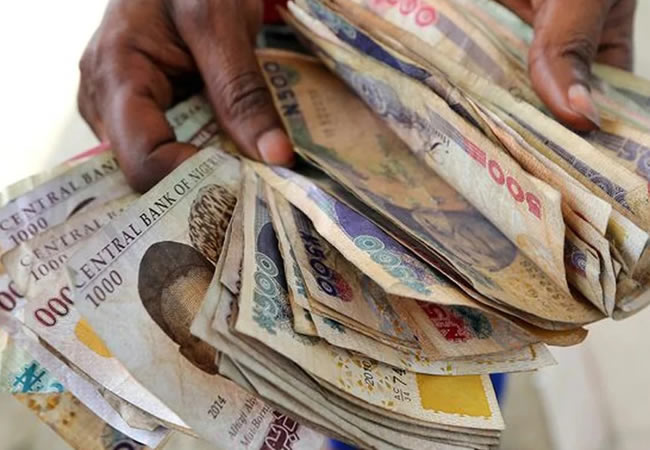The Nigerian naira somersaulted and fell across the foreign exchange markets as the level of the US dollar exceeded the supply side. Both official and black market rates have deteriorated, with the FX spread rising beyond 40%.
The exchange rate has risen by N100 in recent days as a result of the continued paucity of foreign currency in the face of increased import demand. According to data from the FMDQ website, the Naira depreciated by 5.99% in the official market, ending at N931.23 from N878.57 the previous day.
Several investment banking organizations have switched to naira bears due to low hopes that the currency rate will increase much in 2024, according to their individual market outlooks for the year.
The local currency has been weakening following 14- weeks of no forex market intervention by the Central Bank of Nigeria (CBN). With a large demand record in the parallel market, the exchange rate has continued to depreciate. According to channel check, the Naira traded weak on Wednesday at parallel, closing at N1,323 against the US dollar.
In the global commodity market, West Texas Intermediate (WTI) crude futures declined by 1.98% to $70.97 per barrel on Wednesday. Also, the Brent Crude declined by 1.51% to close at $77.11 per barrel. Recent data showed that capital importation into Nigeria fell to a record low in Q3-2023, declining by 43.6% year on year to USD654.65 million.
According to analysts, a persistent slowdown in capital importation reflects foreign investors’ lacklustre interest in the country given the lingering FX liquidity constraints, uncompetitive domestic interest rates and the uninspiring macro narrative. Details showed that in the period, foreign portfolio investments sank by more than 80% to USD87.11 million, foreign direct investments slumped by 26.9% to USD59.77 million, and other investments plunged 20.2% to USD507.77 million year on year.
Broadstreet analysts said they anticipate foreign inflows to remain subdued compared to pre-COVID levels due to foreign investors adopting a cautious “wait-and-see” approach.











